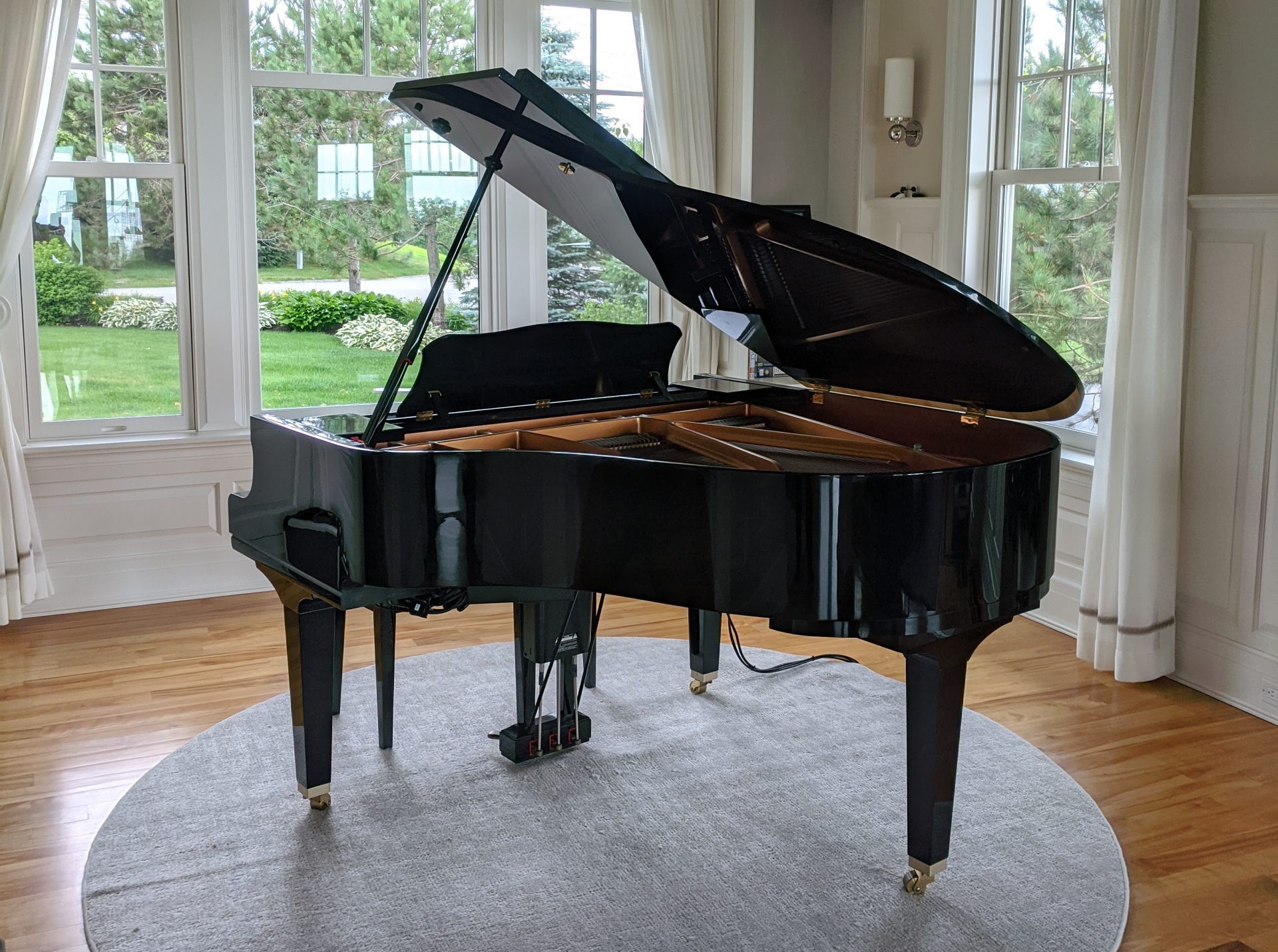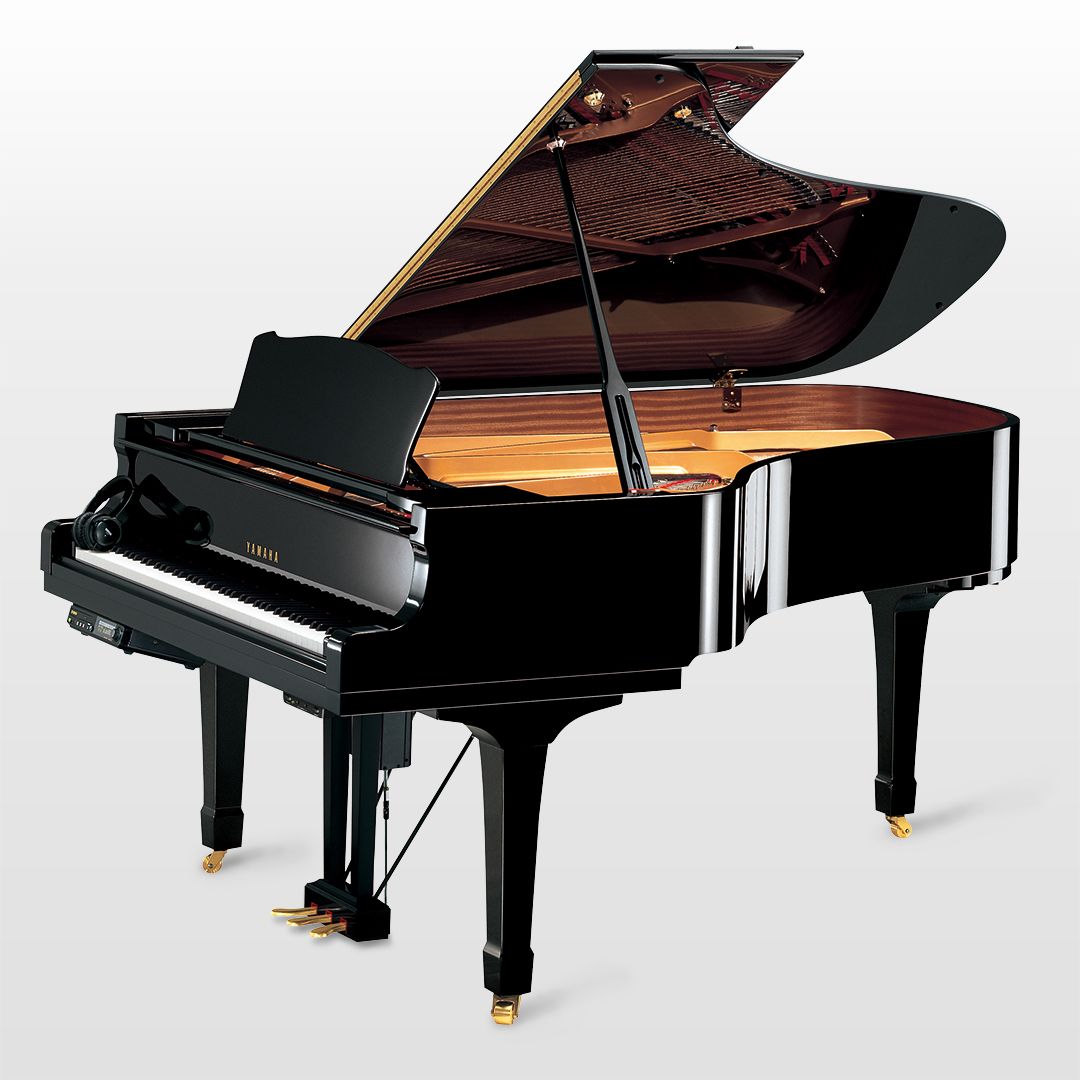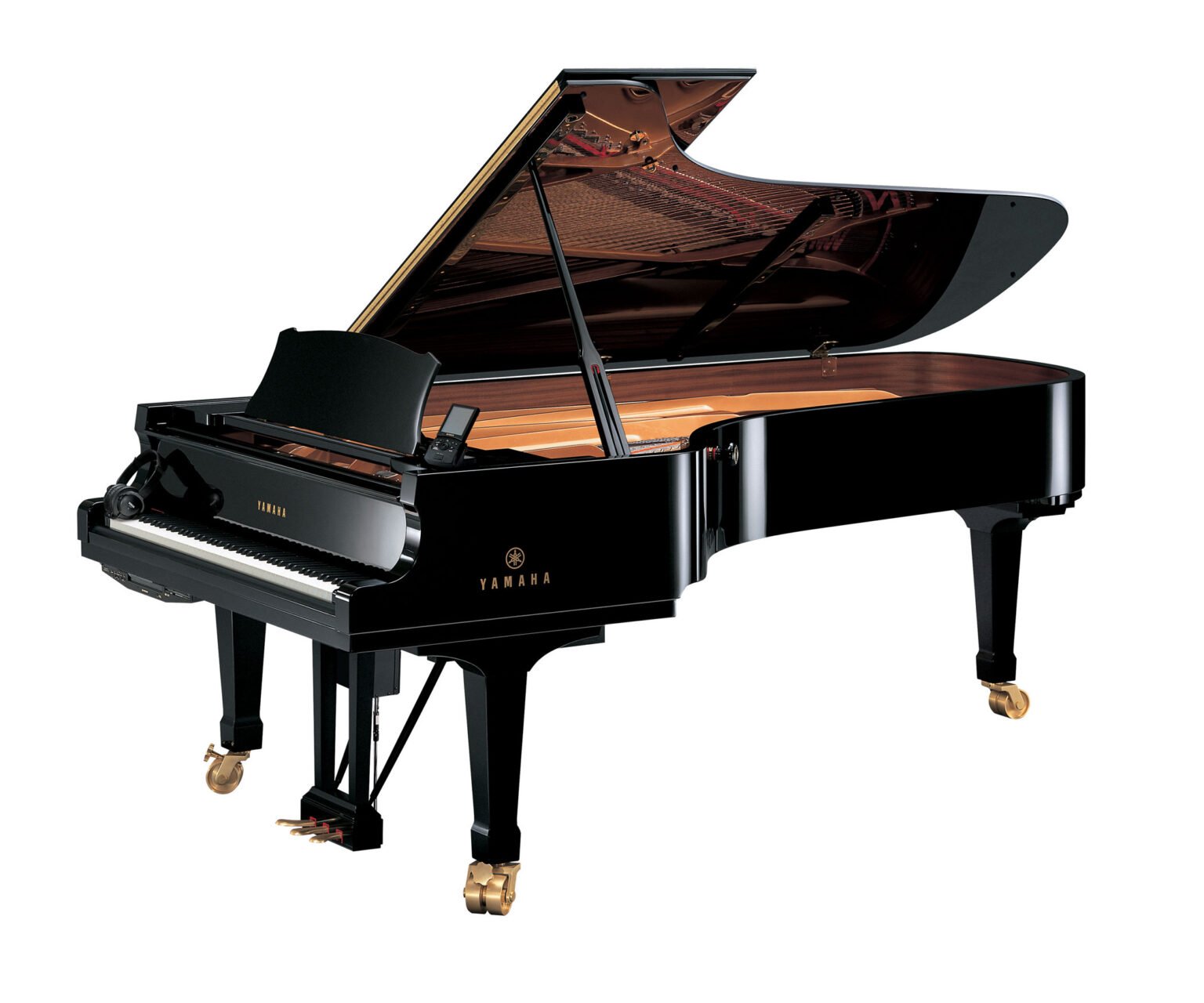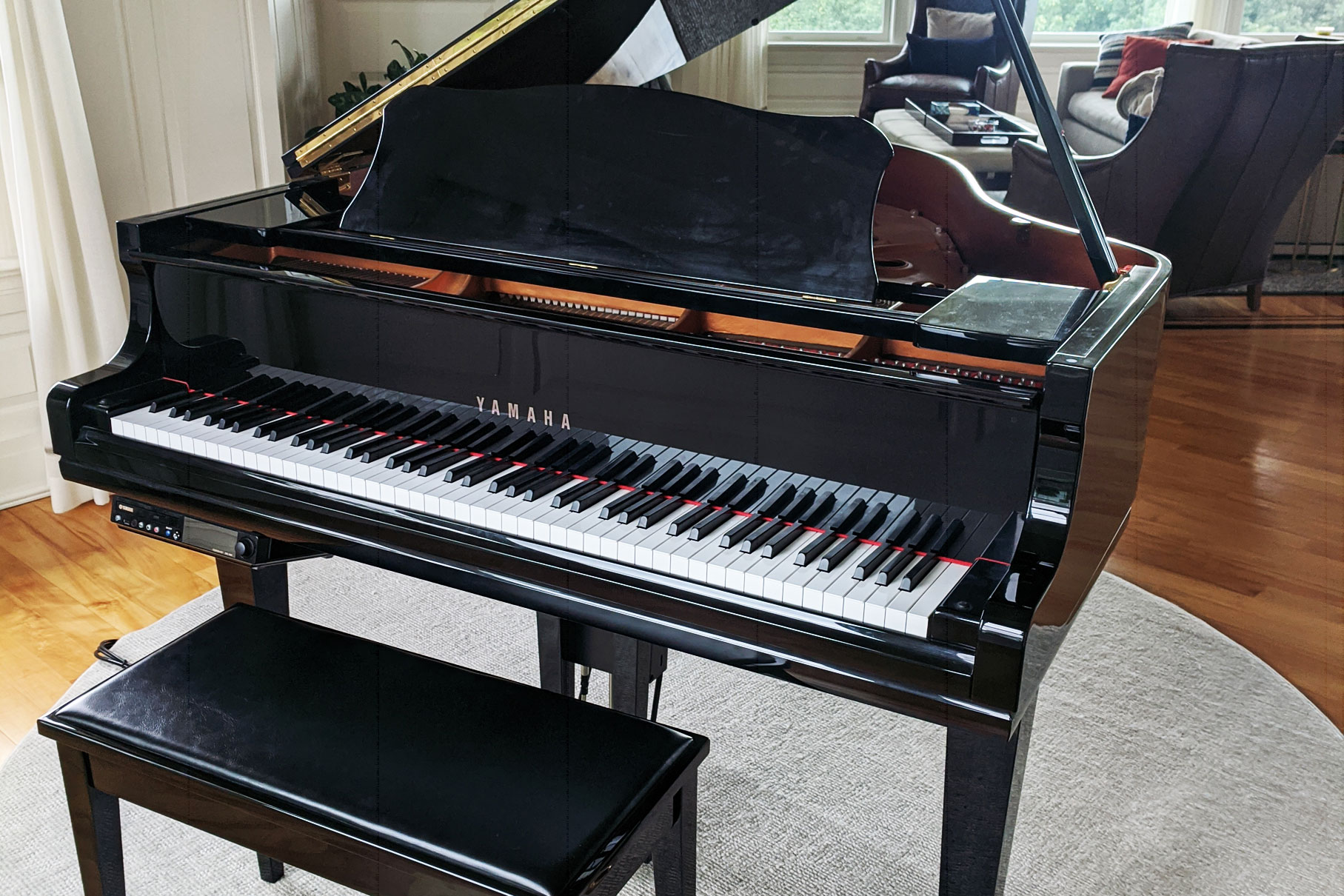How to Connect Your Yamaha Disklavier to Wi-Fi and the Internet
This article is an updated approach to connecting Yamaha Disklaviers to Wi-Fi. Previously, I used Powerline adapters to connect Disklaviers. In those cases, you weren’t technically connecting the Disklavier to Wi-Fi, but were instead bypassing the problem altogether by using the house’s wiring. However, I believe this updated approach is quite simple, somewhat less expensive, … Read more



